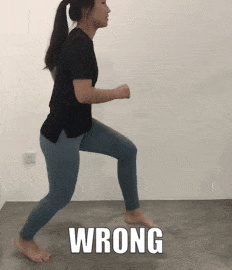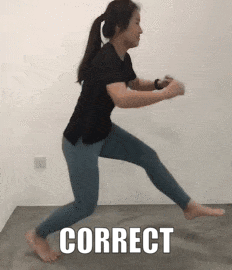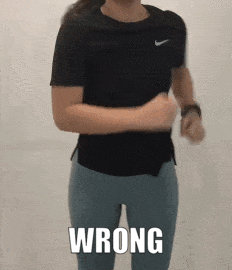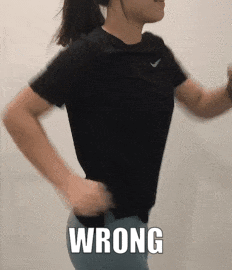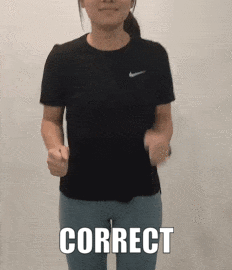Run Injury-Free
“Don’t run lah, running will cause knee injury.”
A very common statement that we’ve all heard before, but is it true? DEFINITELY NOT!
In the past, running was necessary for survival. For many years our ancestors ran to hunt for food and escape from danger. Although our chances of survival now (thankfully) are not determined based on our running skills, we still run for plenty of reasons: health benefits, improve heart function, de-stress, catching the bus, and many more.
There’s no reason running will hurt us IF we run correctly.
1. Running Gait
Just like any other exercise/sport, running requires skill. To reduce running injuries, having an ideal running form is important. Where your feet land, how your feet land, elbow swing, knee lift, hip extensions are some of the gait patterns that we need to look into. (Disclaimer: These are basic pointers for general recreational running.)
Feet position during landing
Common mistakes: Heavy feet (not obvious when you run outdoors but very noticeable if you’re on a treadmill as you’ll be the nosiest person in the gym). Land on the inside of the feet, with knees pointing inward.
What you should try to achieve: Feet point forward and land on the middle to the outside of the sole, directly under the knee. It doesn’t matter if your feet land forefoot or midfoot.
Hip movement during push-off
Common mistakes: No extension of the hip.
What you should try to achieve: Push off with a full extension of the hip to drive the leg backwards. The lower leg will automatically fold and come close to your buttocks.
Knee position during the recovery phase
Common mistakes: Over lifting of the knees.
What you should try to achieve: The knee will lead during this recovery phase and the lower leg will be unfolded. This goes back to the landing position.
Upper body posture during a run
Common mistakes: Leaning too forward. Arms crossing the mid-line of the body or swinging left and right. Shoulders turning together with the arms.
What you should try to achieve: Have an upright body posture with a slight forward lean from the ground (not the waist). Arm swing is coordinated with the legs with a forward/backward movement. Shoulders should not be swaying.
2. Attire
The risk of injury can also be reduced when we wear the correct types of running shoes that are suitable for our feet. (Read: Learn 5 tips on how to pick a good pair of running shoes).
3. Muscle Imbalance/ Weakness
Running involves a repetitive cyclic movement. This continuous motion will overwork the muscles in the leg(s) if they are not strong enough and even much so for long-distance runs, increasing the chance of attaining an injury. We can also find that holding a good running form feels easier after we intertwine strength and conditioning workouts with our running program.
4. Activity Planning
If our body is unable to cope with the excessive workload, injuries can still occur. This means that we have to be aware of how we train - the intensity (how vigorous the activity), volume (how many sets or long the activity lasts), frequency (how often the activity), and types of training (e.g. Fartlek, Intervals, Tempo Runs). By planning a progressive workout program with proper warm-ups and cool-downs, it allows us to run effectively and safely.
Get a qualified trainer to guide you through a good and customized running program suitable for you
This article is written by our running coach, Eugene Quan, who specialises in triathlon events such as running, swimming, and cycling. He is an Ironman and Australia Triathlon certified coach and is registered with the National Registration of Coaches in Athletics and Cycling.
Edited by the SgFitFam Team.



